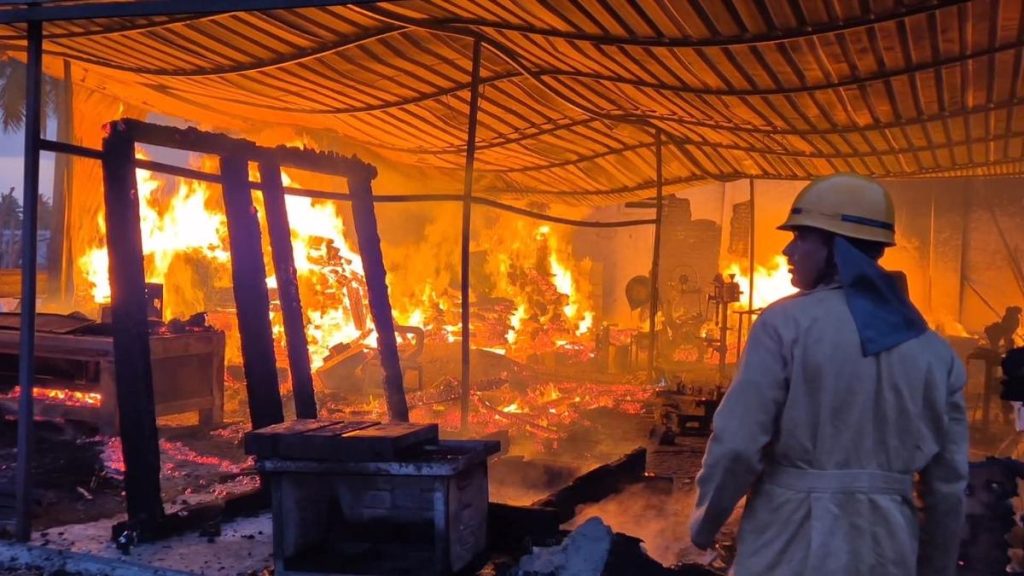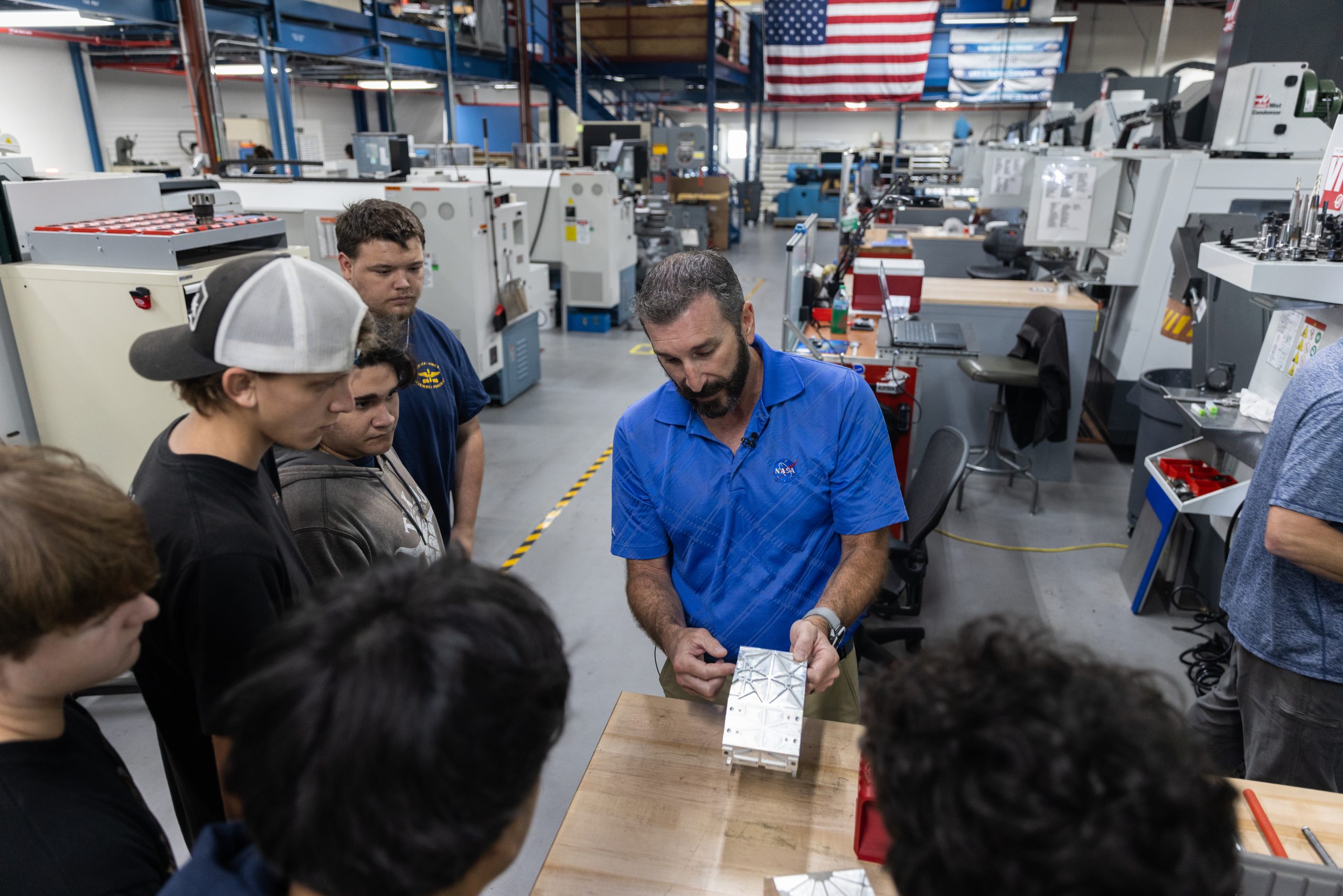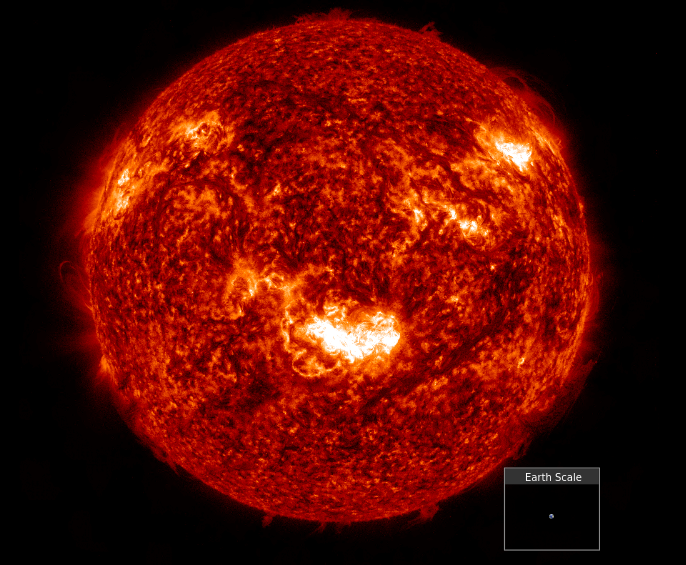Now Reading: Curiosity Rover’s Final Look at Layered Sulfates Near Texoli Butte?
-
01
Curiosity Rover’s Final Look at Layered Sulfates Near Texoli Butte?
Curiosity Rover’s Final Look at Layered Sulfates Near Texoli Butte?

Swift Summary
- NASA’s Curiosity rover is analyzing a geomorphic contact visible through Mars Reconnaissance Orbiter data,located between layered sulfate deposits and smoother surfaces with “boxwork” features.
- Recent studies focused on the previously explored unit of layered sulfates using APXS (Alpha Particle X-ray spectrometer), ChemCam LIBS, MAHLI imaging, and DRT brushing to examine bedrock composition and sediment grain size.
- The rover’s post-drive sol observations will use AEGIS for automated geochemical analysis and monitor Martian environmental factors like cloud altitude and atmospheric opacity.
- Imaging mosaics capture details of surface transitions, honeycomb-like polygonal fractures in nearby rocks, and ancient rediment features at Texoli butte.
Indian Opinion Analysis
NASA’s continued exploration on Mars provides valuable insights into planetary geology that deepen humanity’s understanding of extraterrestrial environments. understanding the complex geomorphology visible around Texoli butte-including formations created by past wind patterns-may inform theories on weathering processes similar to those seen on Earth over millions of years. From India’s perspective as a nation expanding its space ambitions (e.g., via ISRO’s Mangalyaan mission), such research reinforces global collaboration opportunities in space exploration endeavors by sharing interplanetary expertise while leveraging advanced remote diagnostic techniques like APXS or chemcam LIBS for lunar or Martian missions in foreseeable decades.

























